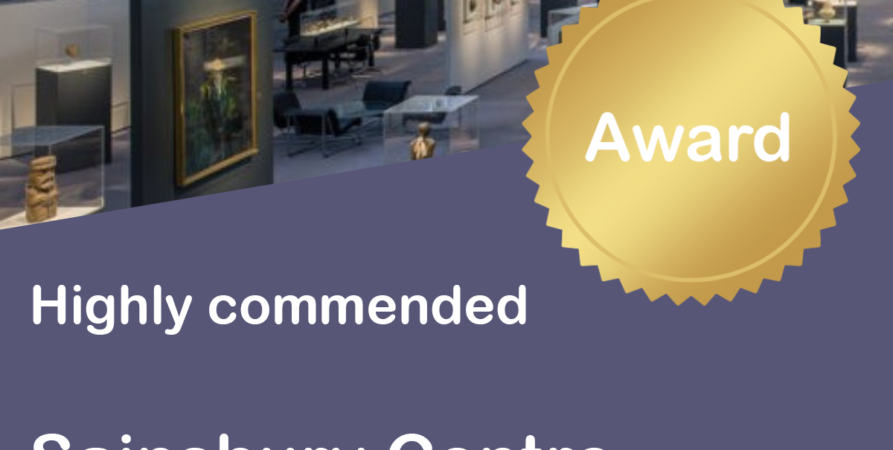We Mask
Life Story
The We people who occupy the border between Liberia and Ivory Coast — in West Africa — nullify the geographical restrictions imposed on artistic creations by simplified ethnology. This arbitrary border misrepresents what, in fact, is the “heart of a primary forest” long occupied by the twenty-four ethnic groups that constitute the Kru language group. [1] Such high levels of cultural porosity have led to what Boyer has called a “supra-ethnic” art tradition, one that transcends territories even within one large region [2] This porosity is a major reason why the We (short for “Wenyon” which could be translated as “the Charitable Ones” or the “Merciful Ones”) has been called by different names — Guéré, Wobé or Kran — by their neighbours and by French colonists. [3]
Broadly speaking, We masks are defined by two antithetical visual poles: one with a “penchant for accretion” and the other has “daring simplifications”. [4] This mask has been stripped of the likely accoutrements of animal skin, hair, feathers, fur, bells or cowries, and is rendered here in an austere manner. Based on its round forehead, slit rectangular eyes, full nose and lips, this We mask has morphological unities with the neighbouring Dan mask (who refer to the We as Guéré). This mask has a rusted beauty evidenced by the orange-brown colour and peeling. The white across the slit eyes and the blue above the nose bridge, are possibly caused by faded commercial paint or kaolin.
Pablo Picasso’s study of a We mask — later attributed to their Grebo neighbours — is credited with the “profound upheaval” he brought about in European art, during the shift from “analytic” to “synthetic” cubism in the early 20th century. [5] Spurning naturalism, Picasso’s (then) new fascination with depicting a face by organising volumes which prioritised the circle, the cylinder and the triangle would seem less impressive in the early 21st century.
Sabo Kpade, April 2023
[1] Boyer, Alain-Michel. We /. Visions of Africa. 5 Continents Editions. 2019: 11 https://search.ebscohost.com/login.aspx?
[2] Boyer, 2019: 15
[3] Boyer, 2019: 16
[4] Boyer, 2019: 9-10.
[5] Boyer, 2019: 8-9.
Some We masks have exaggerated features, with horns, tusks, protuberant eyes and bulging foreheads; some have been called cubist. By comparison, this mask is restrained, the only ornament being the red. white and blue paint (camwood, kaolin and Reckitt’s blue), and quill teeth. Formerly there may well have been bells around the chin, as perforations indicate.
Margaret Carey, 1997
Entry taken from Robert and Lisa Sainsbury Collection, Vol. 2: Pacific, African and Native North American Art, edited by Steven Hooper (Yale University Press, 1997) p. 123.
Further Reading
Boyer, Alain-Michel. 2019. We /. Visions of Africa. 5 Continents Editions. https://search.ebscohost.com/login.aspx?
Provenance
Formerly in the collections of Pierre Loeb and Paul Eluard.
Purchased by Robert and Lisa Sainsbury from Pierre Loeb in 1949.
Donated to the Sainsbury Centre, University of East Anglia in 1973 as part of the original gift.
On display
Title/Description: We Mask
Born: 1850 - 1950
Object Type: Mask
Materials: Metal, Pigment, Quill, Wood
Measurements: h. 216 x w. 175 x d. 105 mm
Accession Number: 211
Historic Period: 19th Century - Late, 20th Century - Early
Production Place: Africa, Côte d'Ivoire, Liberia
Cultural Group: We
Credit Line: Donated by Robert and Lisa Sainsbury, 1973
Website story related to our project cataloguers
Gatsby Cataloguing Project wins 2022 Collections Trust Award
Continue reading







